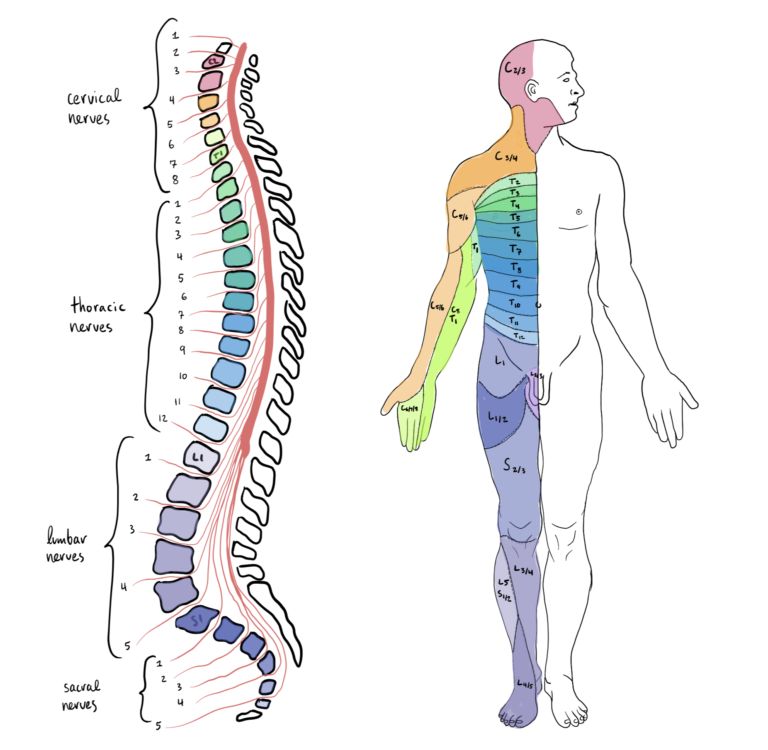About one in every third person in the United States will be diagnosed with cancer at some point in their lives, an alarming statistic reported by the American Cancer Society. Although it is a largely researched topic, there are many gaps in the understanding of metastasis, or the spread of cancer to other parts of the body. Specifically, metastasis to the spinal cord can be debilitating and can occur in patients diagnosed with any form and stage of cancer, but the reason for the spread is unknown. Researchers are studying a line of stem cells to further understand why this spread occurs and why it localizes in the spinal cord to ultimately develop technology to pinpoint the types of tumors that grow in patients’ spinal cords.
In September 2023, scientists from the Cornell School of Medicine showed that vertebral skeletal stem cells (vSSCs) largely contribute to the metastasis of tumors to the spinal cord from elsewhere. Stem cells are self-renewing, can multiply easily, and are usually undeveloped until a specific factor pushes them into a certain fate, or specific cell type. The Zic1 line of vSSCs can secrete MFGE8, a metastatic trophic factor commonly expressed in tumor cells in patients with breast cancer. Metastatic trophic factors are proteins that activate the rapid multiplication of cells in tumors, causing cells that were not previously dangerous to be cancerous. These cells reside in long bones in the skeletal system with the spinal cord being the most prominent one. The scientists hypothesize that vSCCs ultimately contribute to metastasis in the spinal cord during late-stage cancers due to their uniqueness in the spinal cord and capabilities for multiplying.
Engineers at the Osaka School of Medicine proposed a new program earlier in 2023 to aid doctors in the diagnosis of different types of spinal cord tumors. The program combines TabNet, a database used for storing patient information data, with a convolutional neural network of tumors to create a system that diagnoses certain tumor types. The convolutional neural network analyzes images of different tumors and, using TabNet, identifies tumors in the spinal cord and their characteristics. Lead scientist Kosuke Kita claims that the program can classify tumors better than physicians asked to identify them given the same conditions. AI strikes again!
It is important to understand the implications of this new research on prior knowledge of cancer. It is burdensome for patients battling cancer for months or years to become cancer-free, only to relapse with a metastasis that could possibly leave them paralyzed. Tumors in the spinal cord can cause shifting of the vertebrae in the back, further worsening existing back pain. Tumor growth can become incredibly difficult to deal with and chemotherapy is often not an option for some cancer patients. Cancer cells mutate rapidly in terminal cancers and become resistant to treatments like chemotherapy, which can rule out almost all remedies for patients.
“It is important to understand the implications of this new research on prior knowledge of cancer.”
That being said, this new research is a step in the right direction. Now that vSSCs are known to lead to metastasis to the spinal cord, scientists can work on developing a method to separate and eliminate these cells to prevent any further tumor growth. A more advanced tool that can diagnose tumors in the spinal cord can also aid doctors in the correct treatment of these tumors to make cancer patients happy and healthy again. The future is brighter with these new and exciting technologies that can lead to accurate and effective treatments for all types of cancer.






